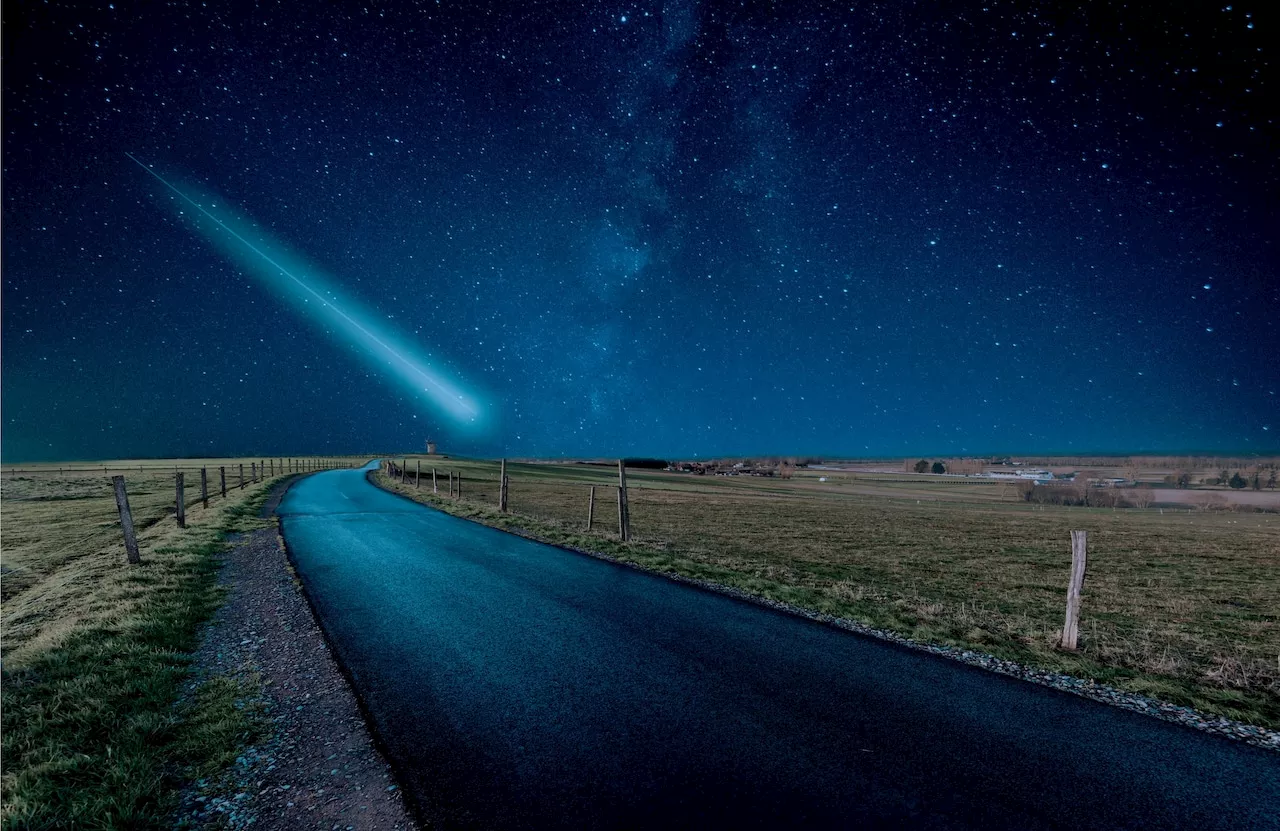The Orionid meteor shower usually generates 10 to 20 shooting stars per hour in dark locations. And sometimes bright fireballs.
Sky watchers will have a chance to see some meteors shooting across the early morning sky in the next few days as the annual Orionid meteor shower reaches it peak.has been visible since late September, astronomy experts say it will be at its most active phase early Sunday, Oct. 20, and early Monday, Oct. 21.
And, speaking of dark locations, they could be a little tougher than usual to find in the coming days. That’s because thesay the most ideal times to catch a glimpse of some shooting stars from the Orionid shower will likely be during the early morning hours — mainly from midnight to dawn — on both Sunday and Monday.
United States Latest News, United States Headlines
Similar News:You can also read news stories similar to this one that we have collected from other news sources.
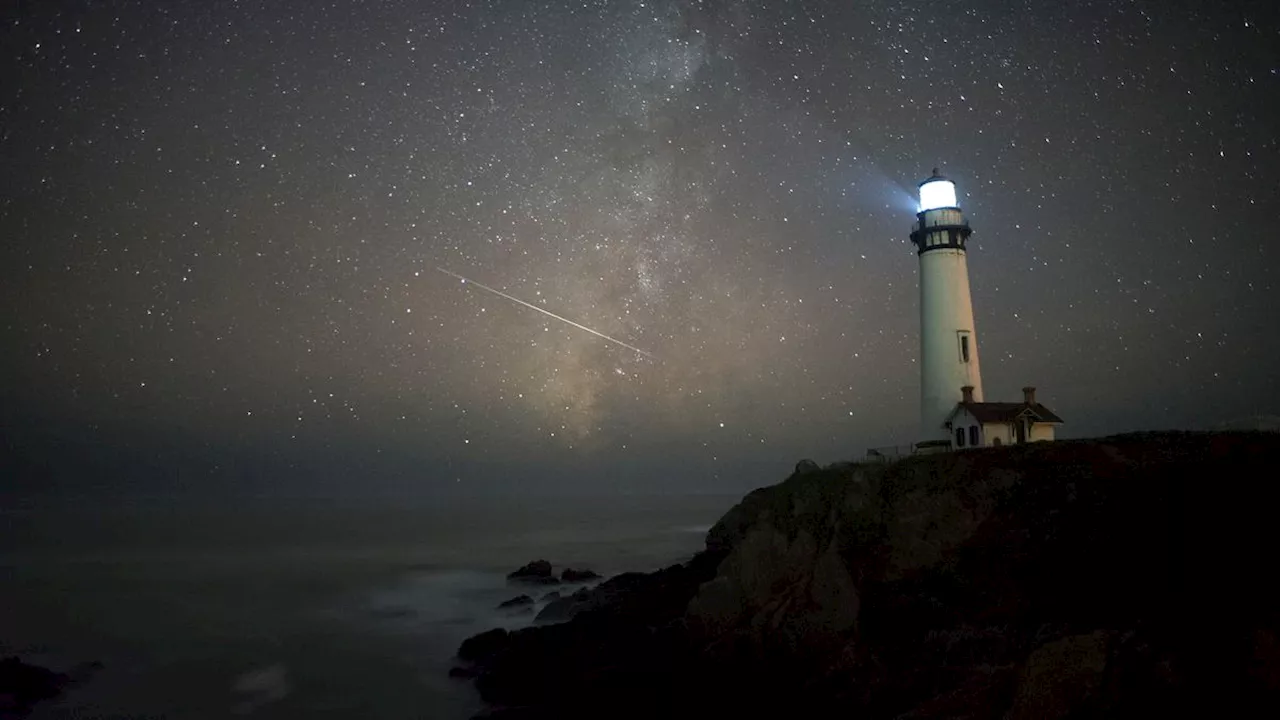 Orionid meteor shower 2024: When to see 'shooting stars' from Halley's comet next weekJamie Carter is a freelance journalist and regular Live Science contributor based in Cardiff, U.K. He is the author of A Stargazing Program For Beginners and lectures on astronomy and the natural world. Jamie regularly writes for Space.com, TechRadar.com, Forbes Science, BBC Wildlife magazine and Scientific American, and many others.
Orionid meteor shower 2024: When to see 'shooting stars' from Halley's comet next weekJamie Carter is a freelance journalist and regular Live Science contributor based in Cardiff, U.K. He is the author of A Stargazing Program For Beginners and lectures on astronomy and the natural world. Jamie regularly writes for Space.com, TechRadar.com, Forbes Science, BBC Wildlife magazine and Scientific American, and many others.
Read more »
 Moonlight may hamper views of the Orionid meteor shower, debris of Halley's cometThe Orionid meteor shower is about to peak.
Moonlight may hamper views of the Orionid meteor shower, debris of Halley's cometThe Orionid meteor shower is about to peak.
Read more »
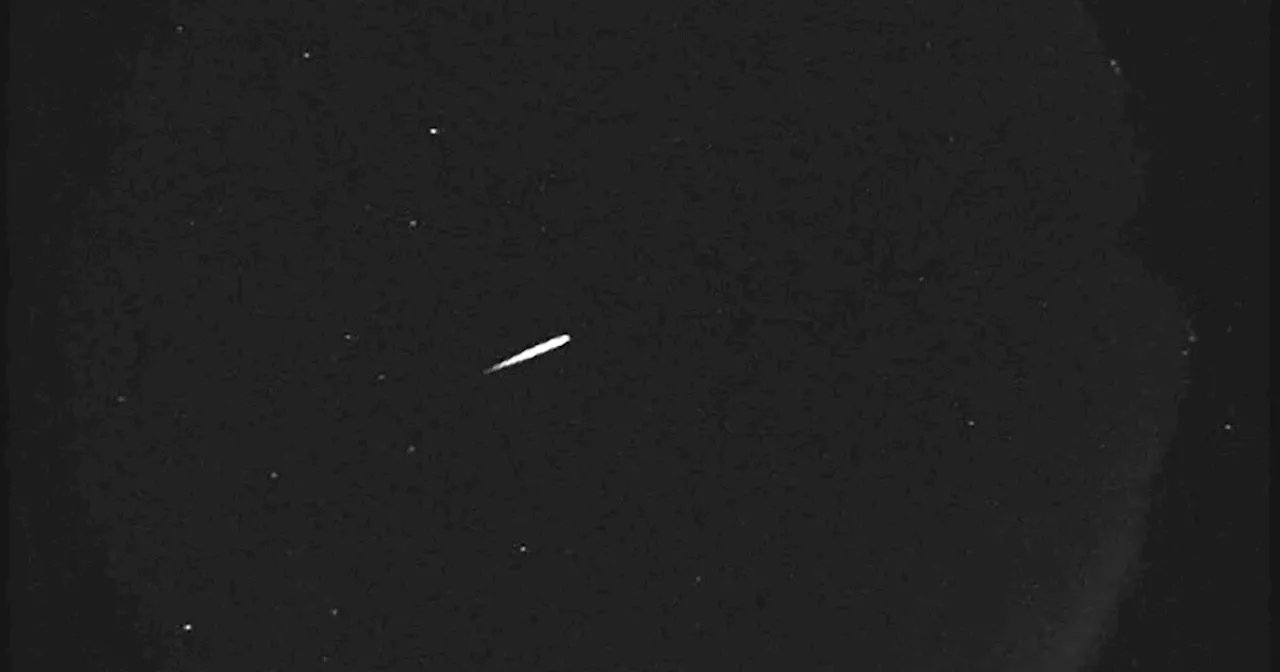 Moonlight may hamper views of the Orionid meteor shower, debris of Halley's cometThe Orionid meteor shower is about to peak. Experts say a bright waning moon may make it difficult to spot early Monday.
Moonlight may hamper views of the Orionid meteor shower, debris of Halley's cometThe Orionid meteor shower is about to peak. Experts say a bright waning moon may make it difficult to spot early Monday.
Read more »
 Moonlight may hamper views of the Orionid meteor shower, debris of Halley's cometThe Orionid meteor shower is about to peak.
Moonlight may hamper views of the Orionid meteor shower, debris of Halley's cometThe Orionid meteor shower is about to peak.
Read more »
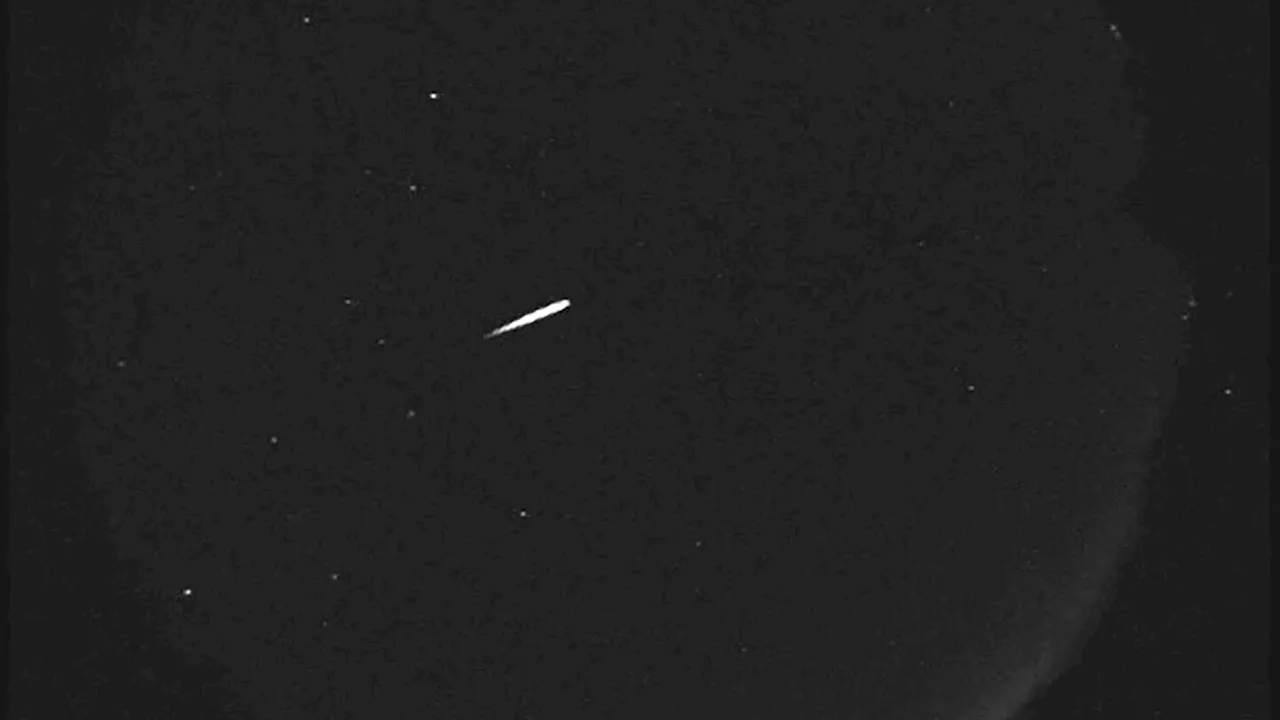 Moonlight may hamper views of the Orionid meteor shower, debris of Halley's cometThe Orionid meteor shower is about to peak. Experts say a bright waning moon may make it difficult to spot early Monday. The Orionids — one of two annual meteor showers from Halley’s comet — can be unpredictable. They can shine like a fireworks display in some years, but can be fairly slow in other years.
Moonlight may hamper views of the Orionid meteor shower, debris of Halley's cometThe Orionid meteor shower is about to peak. Experts say a bright waning moon may make it difficult to spot early Monday. The Orionids — one of two annual meteor showers from Halley’s comet — can be unpredictable. They can shine like a fireworks display in some years, but can be fairly slow in other years.
Read more »
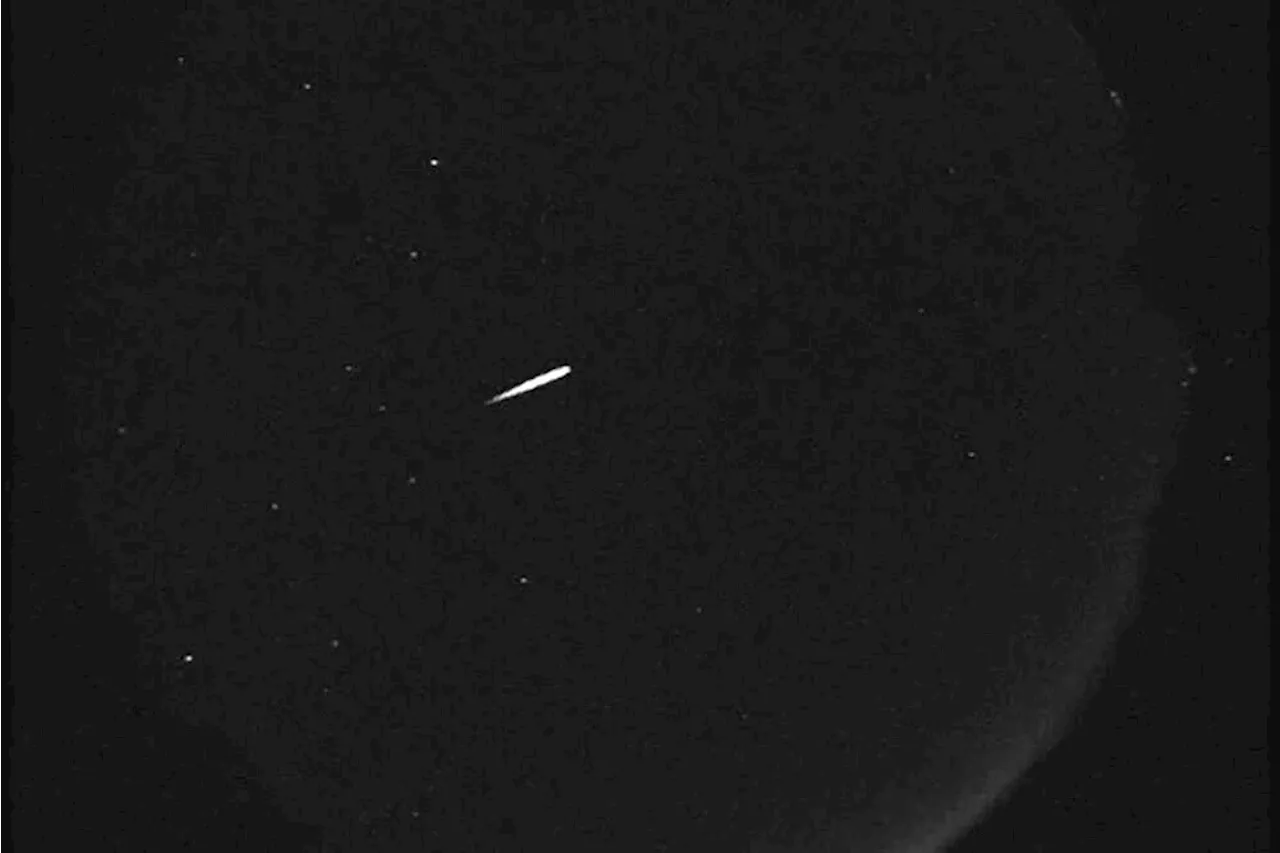 Moonlight may hamper views of the Orionid meteor shower, debris of Halley's cometOctober's supermoon will reach its full lunar phase Thursday, shining brightly. In a twist of comic fate, a comet is in the neighborhood and Orionid meteor shower is about to peak. Experts say the bright waning supermoon may make it difficult to spot meteors early Monday.
Moonlight may hamper views of the Orionid meteor shower, debris of Halley's cometOctober's supermoon will reach its full lunar phase Thursday, shining brightly. In a twist of comic fate, a comet is in the neighborhood and Orionid meteor shower is about to peak. Experts say the bright waning supermoon may make it difficult to spot meteors early Monday.
Read more »
